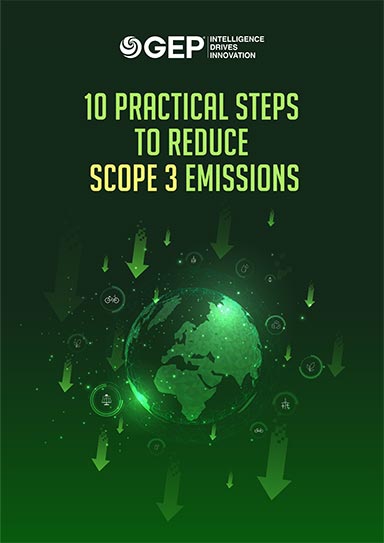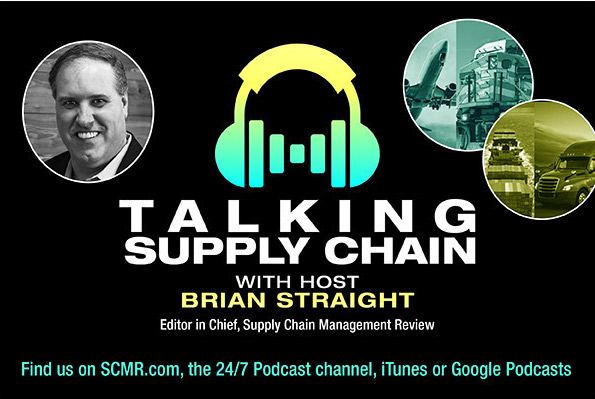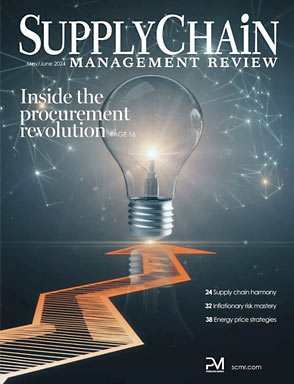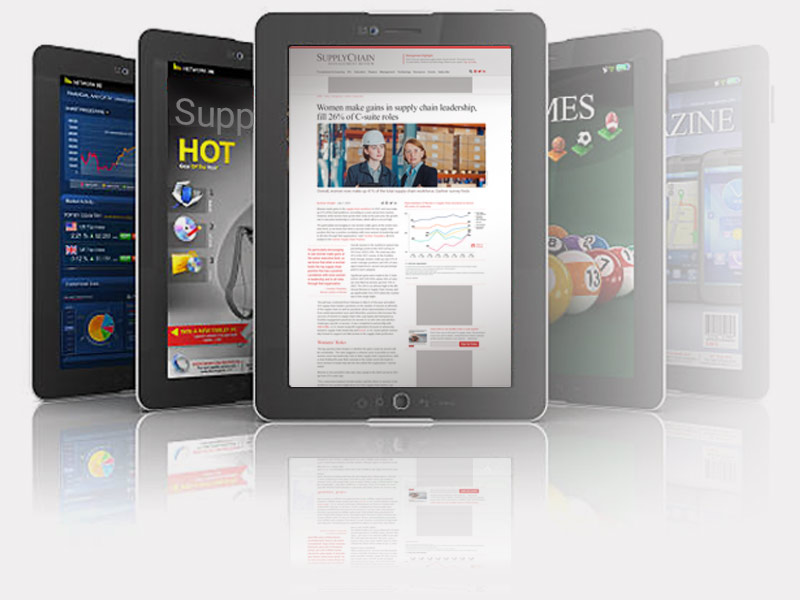By Hansika Gupta and Dhorn Kosolpatanadurong
Editor’s Note: The SCM capstone Supply Chain Emissions Hotspot Analysis was authored by Hansika Gupta and Dhorn Kosolpatanadurong and supervised by Dr. Josué C. Velázquez Martínez ([email protected]). For more information on the research, please the thesis supervisor.
In the quest to mitigate climate change, corporations globally are heavily investing in reducing carbon emissions, especially in light of recent climate disclosure laws from the European Union and California. However, do these financial outlays consistently lead to a considerable decrease in the carbon footprint for which a company is responsible? Surprisingly, in some scenarios, such spending might actually result in an apparent increase in a company’s carbon accountability.
Accurately accounting for a company’s total carbon footprint has consistently presented a challenge, primarily due to limited methodologies and technological solutions. Businesses have gradually become adept at calculating direct emissions (Scope 1) and those from purchased utilities (Scope 2). However, Scope 3 emissions, which encompass indirect emissions from a company’s value chain and suppliers, remain problematic due to the intricate web of supplier relationships and their extended business activities.
To address this complexity, the spend-based method for estimating carbon emissions has gained traction. This approach calculates emissions based on the monetary value of goods and services a firm purchases, allocating emissions proportional to the firm’s revenue contribution to its suppliers. For instance, if a company accounts for 10% of a supplier’s total sales, it is assigned 10% of that supplier's emissions.
While straightforward, the spend-based method can sometimes distort reality. It does not distinguish between the carbon intensities of different products or fluctuating product prices. For example, if a firm encourages a supplier to adopt carbon capture technology for the products it orders, the supplier might install this technology solely for those items to cut costs, leaving other processes unchanged. This selective implementation can reduce emissions only for certain products but not for others, minimizing the overall impact. Moreover, to recover the costs of installing these technologies, the supplier may increase the prices of the products specifically for the firm that insisted on carbon reduction. Consequently, the firm’s allocated emissions could paradoxically increase because its spending on these higher-cost products now represents a larger share of the supplier's total revenue.
These counterintuitive effects often remain obscured by the complexities of manufacturing and procurement processes. To genuinely minimize their carbon footprints, companies must look beyond mere investment in emission-reducing technologies. They need to delve into the actual data, encouraging suppliers to adopt transparent carbon-reporting practices. Registering supplier data with environmental disclosure platforms like CDP (Carbon Disclosure Project) and employing outlier detection methods to spot inconsistencies in supplier reports can also help.
The transition from a broad to a more detailed scrutiny of carbon emissions is crucial. By focusing on the granular details of their supply chains, companies can better encourage their suppliers to intensify their efforts toward achieving zero emissions. This meticulous approach ensures that the pursuit of sustainability is both genuine and effective, leading to real reductions in global carbon emissions rather than merely shifting numbers on paper. In the complex interplay of reducing emissions and managing corporate supply chains, understanding the nuances of carbon accounting is more than a responsibility—it's a strategic imperative for sustainable business practices.
Every year, approximately 80 students in the MIT Center for Transportation & Logistics’s (MIT CTL) Master of Supply Chain Management (SCM) program complete approximately 45 one-year capstone projects.
These students are early-career business professionals from multiple countries, with two to 10 years of experience in the industry. Most of the research projects are chosen, sponsored by, and carried out in collaboration with multinational corporations. Joint teams that include MIT SCM students and MIT CTL faculty work on real-world problems. In this series, they summarize a selection of the latest SCM research.
SC
MR


More Sustainability
- Unlocking the green grid: Innovations for eco-friendly last mile
- Rooted in uncertainty: Why the agricultural supply chain is ripe for transformation
- The paradox of carbon reduction spending in corporate supply chains
- Where do your delivery boxes end up? Optimizing the lifecycle of last-mile packaging
- DHL Express survey finds shipping sustainability important, but few are investing
- More Sustainability
What's Related in Sustainability

 Explore
Explore
Topics
Procurement & Sourcing News
- C.H. Robinson rolls out AI agent to address LTL classification overhaul
- Danone latest to announce new US investment
- Uber Freight’s Val Marchevsky to deliver Keynote at NextGen Supply Chain Conference
- Unlocking the green grid: Innovations for eco-friendly last mile
- Dealing with supply chain complexities with scenario intelligence
- Securing critical minerals during a global trade war
- More Procurement & Sourcing
Latest Procurement & Sourcing Resources

Subscribe

Supply Chain Management Review delivers the best industry content.

Editors’ Picks




